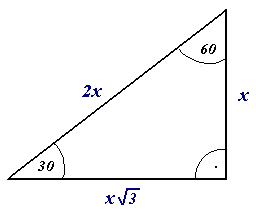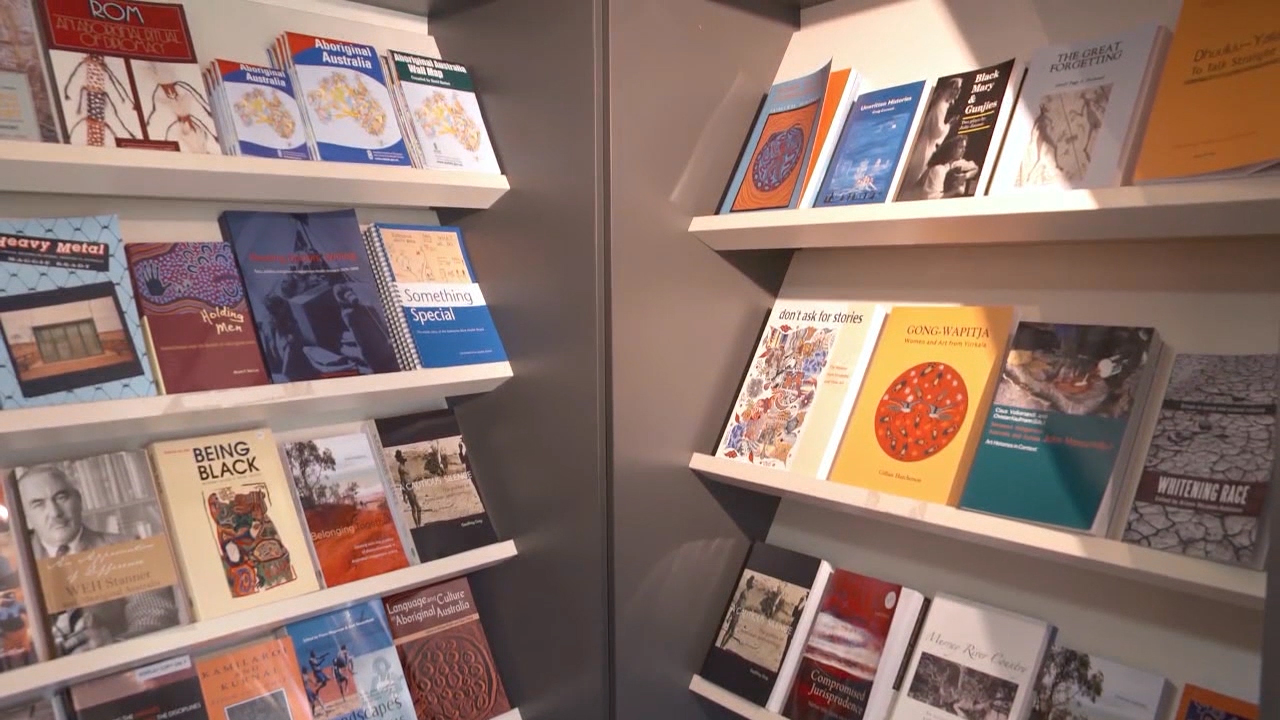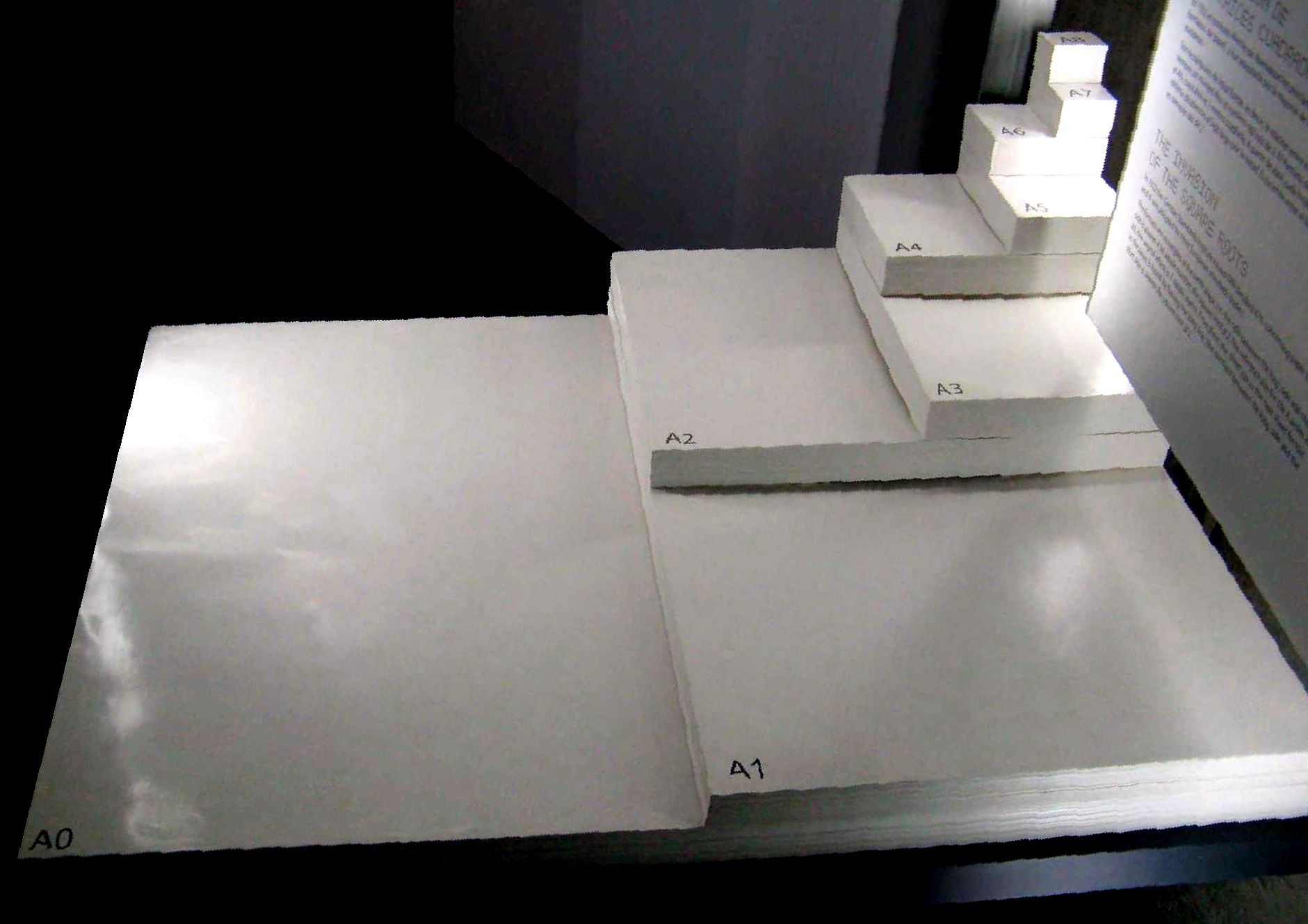|
Book Folding
Book folding is the stage of the book production process in which the pages of the book are folded after printing and before binding. The folding process is also necessary to produce print products other than books—for instance mailings, magazines, leaflets etc. History Until the middle of the 19th century, book folding was done by hand, and was a trade. In the 1880s and 1890s, book folding machines by Brown and Dexter came onto the market, and by the 1910s hand-folding was rare, with one publisher declaring them to be "practically obsolete" in 1914. Folding machines Two main types of mechanisms are commonly employed in folding machines: ''buckle folders'' and ''knife folders''. Buckle folder In a buckle folder, the paper is first passed through 2 spinning rollers, which feed the paper into a pair of guide plates that redirect the paper at a slight angle, bending the paper. At the far end of the guide plates is a "paper stop". As the rollers continue to spin, the paper contin ... [...More Info...] [...Related Items...] OR: [Wikipedia] [Google] [Baidu] |
Book
A book is a structured presentation of recorded information, primarily verbal and graphical, through a medium. Originally physical, electronic books and audiobooks are now existent. Physical books are objects that contain printed material, mostly of writing and images. Modern books are typically composed of many pages bound together and protected by a cover, what is known as the '' codex'' format; older formats include the scroll and the tablet. As a conceptual object, a ''book'' often refers to a written work of substantial length by one or more authors, which may also be distributed digitally as an electronic book ( ebook). These kinds of works can be broadly classified into fiction (containing invented content, often narratives) and non-fiction (containing content intended as factual truth). But a physical book may not contain a written work: for example, it may contain ''only'' drawings, engravings, photographs, sheet music, puzzles, or removable content like ... [...More Info...] [...Related Items...] OR: [Wikipedia] [Google] [Baidu] |
Page (paper)
A page is one side of a Recto and verso, leaf (a sheet or half-sheet) of paper, parchment or other material (or electronic media) in a book, magazine, newspaper, or other collection of sheets, on which text or illustrations can be printed, written or drawn, to create documents. It can be used as a measure of communicating general quantity of information ("That topic covers twelve pages") or more specific quantity ("there are 535 words in a standard page in twelve point font type"). Etymology The word "page" comes from the Latin term , which means, "a written page, leaf, sheet", which in turn comes from an earlier meaning "to create a row of vines that form a rectangle".Emmanuel Souchier, "Histoires de pages et pages d'histoire", dans iarchive:laventuredesecri0000expo, L'Aventure des écritures, Paris, Bibliothèque nationale de France, 1999. . The Latin word derives from the verb , which means to stake out boundaries when planting vineyards. The page in English lexicon Compou ... [...More Info...] [...Related Items...] OR: [Wikipedia] [Google] [Baidu] |
Printing
Printing is a process for mass reproducing text and images using a master form or template. The earliest non-paper products involving printing include cylinder seals and objects such as the Cyrus Cylinder and the Cylinders of Nabonidus. The earliest known form of printing as applied to paper was woodblock printing, which appeared in China before 220 AD for cloth printing. However, it would not be applied to paper until the seventh century.Shelagh Vainker in Anne Farrer (ed), "Caves of the Thousand Buddhas", 1990, British Museum publications, Later developments in printing technology include the movable type invented by Bi Sheng around 1040 AD and the printing press invented by Johannes Gutenberg in the 15th century. The technology of printing played a key role in the development of the Renaissance and the Scientific Revolution and laid the material basis for the modern knowledge-based economy and the spread of learning to the masses. History Woodblock printing Woodblo ... [...More Info...] [...Related Items...] OR: [Wikipedia] [Google] [Baidu] |
Bookbinding
Bookbinding is the process of building a book, usually in codex format, from an ordered stack of paper sheets with one's hands and tools, or in modern publishing, by a series of automated processes. Firstly, one binds the sheets of papers along an edge with a thick needle and strong thread. One can also use loose-leaf rings, binding posts, twin-loop spine coils, plastic spiral coils, and plastic spine combs, but they last for a shorter time. Next, one encloses the bound stack of paper in a cover. Finally, one places an attractive cover onto the boards, and features the publisher's information and artistic decorations. The trade of bookbinding includes the binding of blank books and printed books. Blank books, or stationery bindings, are books planned to be written in. These include accounting ledgers, guestbooks, logbooks, notebooks, manifold books, day books, diary, diaries, and sketchbooks. Printed books are produced through letterpress printing, offset printing, offset litho ... [...More Info...] [...Related Items...] OR: [Wikipedia] [Google] [Baidu] |
Folding Machine
A folding machine is a machine used primarily for the folding of paper. Folding is the sharp-edged bending of paper webs or sheets under pressure at a prepared or unprepared bending point along a straight line according to specified dimensions and folding layouts. Paper can be folded with either a buckle or a knife; thus, there are generally three types of folding machines: buckle folders, knife folders or a combination of these two types. Whilst buckle folding is the more popular of the two methods, knife folding is sometimes preferable. Folding machine models vary in sophistication, with high-end machines capable of processing more complex folding jobs and unusual paper forms (in terms of density and size). Organizations required to undertake mass mail-out campaigns often employ folding machines to improve efficiency. However it is very commonly used finishing process across the printing industry. Buckle folders Buckle folders work by feeding in paper via high friction rollers ... [...More Info...] [...Related Items...] OR: [Wikipedia] [Google] [Baidu] |
Folding
Fold, folding or foldable may refer to: Arts, entertainment, and media * ''Fold'' (album), the debut release by Australian rock band Epicure * Fold (poker), in the game of poker, to discard one's hand and forfeit interest in the current pot *Above the fold and below the fold, the positioning of news items on a newspaper's front page according to perceived importance *Paper folding, or ''origami'', the art of folding paper Science, technology, and mathematics Biology *Protein folding, the physical process by which a polypeptide folds into its characteristic and functional three-dimensional structure **Folding@home, a powerful distributed-computing project for simulating protein folding *Fold coverage, quality of a DNA sequence *Skin fold, an area of skin that folds Computing *Fold (higher-order function), a type of programming operation on data structures * fold (Unix), a computer program used to wrap lines to fit in a specified width * Folding (DSP implementation), a transformat ... [...More Info...] [...Related Items...] OR: [Wikipedia] [Google] [Baidu] |
90 Degrees
In geometry and trigonometry, a right angle is an angle of exactly 90 degrees or radians corresponding to a quarter turn. If a ray is placed so that its endpoint is on a line and the adjacent angles are equal, then they are right angles. The term is a calque of Latin ''angulus rectus''; here ''rectus'' means "upright", referring to the vertical perpendicular to a horizontal base line. Closely related and important geometrical concepts are perpendicular lines, meaning lines that form right angles at their point of intersection, and orthogonality, which is the property of forming right angles, usually applied to vectors. The presence of a right angle in a triangle is the defining factor for right triangles, making the right angle basic to trigonometry. Etymology The meaning of ''right'' in ''right angle'' possibly refers to the Latin adjective ''rectus'' 'erect, straight, upright, perpendicular'. A Greek equivalent is ''orthos'' 'straight; perpendicular' (see orthogonality ... [...More Info...] [...Related Items...] OR: [Wikipedia] [Google] [Baidu] |
Book
A book is a structured presentation of recorded information, primarily verbal and graphical, through a medium. Originally physical, electronic books and audiobooks are now existent. Physical books are objects that contain printed material, mostly of writing and images. Modern books are typically composed of many pages bound together and protected by a cover, what is known as the '' codex'' format; older formats include the scroll and the tablet. As a conceptual object, a ''book'' often refers to a written work of substantial length by one or more authors, which may also be distributed digitally as an electronic book ( ebook). These kinds of works can be broadly classified into fiction (containing invented content, often narratives) and non-fiction (containing content intended as factual truth). But a physical book may not contain a written work: for example, it may contain ''only'' drawings, engravings, photographs, sheet music, puzzles, or removable content like ... [...More Info...] [...Related Items...] OR: [Wikipedia] [Google] [Baidu] |
Book Publishing
Publishing is the activities of making information, literature, music, software, and other content, physical or digital, available to the public for sale or free of charge. Traditionally, the term publishing refers to the creation and distribution of printed works, such as books, comic books, newspapers, and magazines to the public. With the advent of digital information systems, the scope has expanded to include digital publishing such as e-books, digital magazines, websites, social media, music, and video game publishing. The commercial publishing industry ranges from large multinational conglomerates such as News Corp, Pearson, Penguin Random House, and Thomson Reuters to major retail brands and thousands of small independent publishers. It has various divisions such as trade/retail publishing of fiction and non-fiction, educational publishing, and academic and scientific publishing. Publishing is also undertaken by governments, civil society, and private companies ... [...More Info...] [...Related Items...] OR: [Wikipedia] [Google] [Baidu] |
Paper Size
Paper size refers to Technical standard, standardized dimensions for sheets of paper used globally in stationery, printing, and technical drawing. Most countries adhere to the ISO 216 standard, which includes the widely recognized A series (including A4 paper), defined by a consistent aspect ratio of √2. The system, first proposed in the 18th century and formalized in 1975, allows scaling between sizes without distortion. Regional variations exist, such as the #North American paper sizes, North American paper sizes (e.g., Letter (paper size), Letter, Legal paper, Legal, and Ledger paper, Ledger) which are governed by the American National Standards Institute, ANSI and are used in North America and parts of Central and South America. The standardization of paper sizes emerged from practical needs for efficiency. The ISO 216 system originated in late-18th-century Germany as Deutsches Institut für Normung, DIN 476, later adopted internationally for its mathematical precision. ... [...More Info...] [...Related Items...] OR: [Wikipedia] [Google] [Baidu] |
Book Arts , the process of creating a book
{{disambiguation ...
Book arts may refer to: * Artist's book, a work of art in the form of a book * Book design, the art of designing a book * Book illustration, illustration in a book * Bookbinding Bookbinding is the process of building a book, usually in codex format, from an ordered stack of paper sheets with one's hands and tools, or in modern publishing, by a series of automated processes. Firstly, one binds the sheets of papers alon ... [...More Info...] [...Related Items...] OR: [Wikipedia] [Google] [Baidu] |







